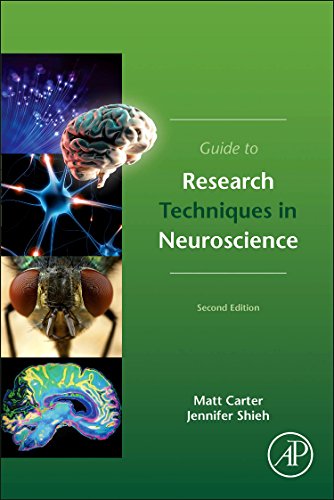

Most ebook files are in PDF format, so you can easily read them using various software such as Foxit Reader or directly on the Google Chrome browser.
Some ebook files are released by publishers in other formats such as .awz, .mobi, .epub, .fb2, etc. You may need to install specific software to read these formats on mobile/PC, such as Calibre.
Please read the tutorial at this link: https://ebookbell.com/faq
We offer FREE conversion to the popular formats you request; however, this may take some time. Therefore, right after payment, please email us, and we will try to provide the service as quickly as possible.
For some exceptional file formats or broken links (if any), please refrain from opening any disputes. Instead, email us first, and we will try to assist within a maximum of 6 hours.
EbookBell Team

0.0
0 reviewsNeuroscience is, by definition, a multidisciplinary field: some scientists study genes and proteins at the molecular level while others study neural circuitry using electrophysiology and high-resolution optics. A single topic can be studied using techniques from genetics, imaging, biochemistry, or electrophysiology. Therefore, it can be daunting for young scientists or anyone new to neuroscience to learn how to read the primary literature and develop their own experiments.
This volume addresses that gap, gathering multidisciplinary knowledge and providing tools for understanding the neuroscience techniques that are essential to the field, and allowing the reader to design experiments in a variety of neuroscience disciplines.